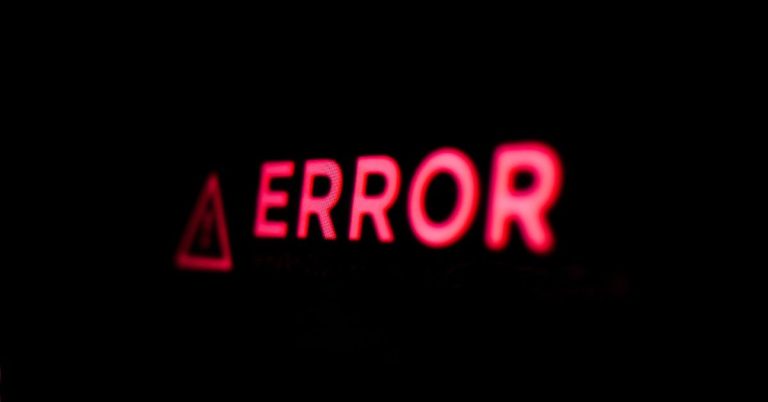How to Dissolve a Limited Company Without Paying Excessive Tax
A director or shareholder of a limited company must agree before you can wind up the company. You do this by signing the articles of association. Once you have signed the articles, you are legally bound to carry out the tasks set out in the articles. If you don’t sign the articles, you won’t be able to close the company.
The directors of a limited company owe fiduciary duties to the members of the company. These include acting honestly and fairly towards the company and its members. They must act reasonably to ensure that the company continues to trade profitably. They must keep proper records of the company’s affairs.
When a limited company has no remaining assets, it will be wound down. This happens when there is nothing left to sell and no one wants to buy anything from the company. In this case, the company ceases trading and becomes inactive.
The company can pay its bills (‘solvent’)
Insolvency law varies according to where you are based. In some cases, companies become insolvent when they owe money to creditors; in others, it happens when there isn’t enough cash to cover all outstanding liabilities.
When your company becomes insolvent – whether because it owes too much debt or simply doesn’t have enough funds to meet its obligations – all debts must be paid off before any assets can be liquidated. This includes any loans, accounts payable, taxes, interest payments and even salaries owed to employees. Once the debts have been settled, the remaining assets can be sold. If the sale generates less than what is needed to repay the debts, then the difference needs to be returned to the creditors.
In some jurisdictions, such as Australia, Canada, England and Wales, New Zealand, Ireland and Scotland, a company can continue operating while insolvent. However, once a company becomes insolvent, it cannot continue doing business. Companies that are insolvent are referred to as “going bust.”

The company can not pay its bills (‘insolvent’)
When your company is insolvent it means it cannot meet its financial obligations. This could mean paying suppliers, employees, rent or mortgage payments. If your company is insolvent there are different ways to deal with it. There are three main options:
1. Liquidation: In liquidation, the assets of the company are sold off to repay creditors. If no one buys the assets, the company goes into administration and the court appoints an administrator.
2. Voluntary arrangement: A voluntary arrangement allows your company to continue trading while restructuring its finances. For example, some companies use voluntary arrangements to restructure debt or sell off assets.
3. Insolvency: An insolvency procedure is used when your company isn’t able to make enough money to pay its debts. Your company is put into administration and a trustee manages the sale of the company’s assets.
Compulsory liquidation
A creditor can apply to the court for your company to be wound up. This happens when you are unable to pay debts owed to creditors. If the company owes money to multiple people, it might be possible to negotiate a settlement with some creditors. However, if there is no agreement, the court will appoint an official receiver to take control of the company. The official receiver will investigate the directors’ conduct and decide whether to proceed with winding up the company. If the official receiver decides to wind up the company, he or she will make sure that the company pays off its debts.
If the company does not meet its obligations under law, the official receiver will sell off any remaining assets to repay creditors. These include things like machinery, stocks and shares, property, and even personal possessions such as furniture and jewellery. Once the company has been wound up, the official receiver will close down the business.
If the company doesn’t have a director
Companies House will eventually strike off corporations that are no longer run by directors. This includes companies where there is no current director, or where the director has died. In both cases, shareholders will be asked to vote on whether to continue operating the company. If they do, the executors of the deceased director will be able to appoint someone to take over running the company.
The government says it wants to make sure directors are fit to hold office because they represent the interests of the people whose money they manage. But critics say that the government is trying to avoid scrutiny by striking off companies that don’t have directors.
In recent months, some companies have been struck off without being dissolved. For example, the owners of the failed London Bridge pub chain, Punch Taverns, sold the assets to another group of investors. However, the directors of the new company are now looking to sell the pubs themselves.
A company can still operate even though its director dies. For instance, the directors of the defunct British Airways airline appointed a successor – Sir Rod Eddington – when he died in 2017. He had held his position since 1987.
Let the company become dormant
A dormant company is a legal structure that exists but is inactive. You can choose to make it dormant because there are no longer any shareholders or directors. In this case, the company ceases to trade and becomes dormant.
There are different ways to let companies become dormant. For example you could sell all its shares or close down completely. If you want to avoid paying corporation tax, you can allow the company to become dormant.
Frequently Asked Questions
What are the options for liquidating your company?
If your company is no longer viable, there are two ways to go about winding it up. One way is to informally or voluntarily strike off; the other is to put members into voluntary liquidation.
Informal strike-offs are straightforward and easy to complete. A person or group of people within the company informs the registrar of companies that they wish to cease being members of the company. This usually happens because the company is insolvent or unable to continue trading. In such cases, the company ceases to exist and the directors of the company resign.
Voluntary liquidations are less common, but do happen. They involve members of the company deciding to dissolve the company. If the company is solvent or able to trade, then the members simply sell their shares in the company. However, if the company is insolvent, then the members must apply to the court for permission to proceed with a voluntary liquidation. Once the court grants approval, the members appoint a trustee to run the company while it goes through the process of selling its assets and distributing the proceeds among the members.
How to apply for voluntary strike-off
To apply for your voluntary strike off, you need to submit Form DS01 to Companies House within 28 days of ceasing trading. This form needs to include information about how much money you owe creditors, what happened to your company, and why it is being struck off. If you are applying because your company has gone into administration, you will need to provide evidence of insolvency proceedings having begun.
You cannot apply for voluntary strike off if your company has failed to pay tax or NI contributions, or if it owes HMRC £10,000 or more. You cannot apply if you are subject to an enforcement action by HM Revenue & Customs (HMRC), or if you are under investigation by HMRC for suspected fraud, money laundering or serious criminal offences.
If you are applying because your business has closed down, you will still need to send a copy of your final accounts to Companies House. These accounts should show whether there is enough money left over to repay unsecured creditors.
Once your application has been approved, Companies House will notify you by letter. Your name will be removed from the Register of Members’ Interests, and your company will no longer be able to use the company registration number.






